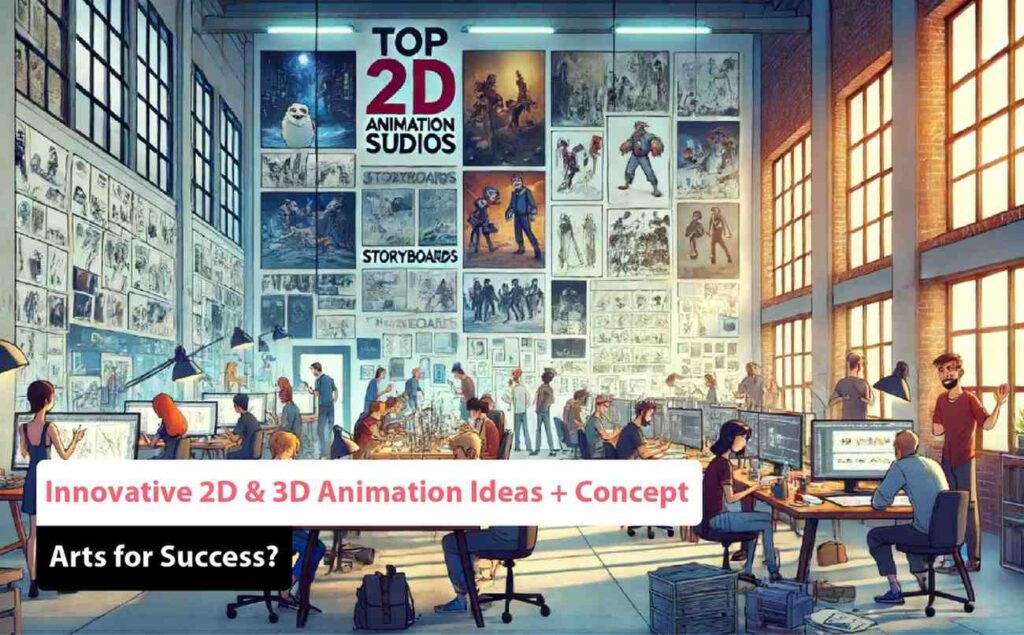
The animation industry is experiencing a dynamic evolution, with top animation trends in 2025 reshaping storytelling and visual artistry. As technology advances and audience preferences shift, animators are exploring creative 2D and 3D animation ideas to captivate viewers and push the boundaries of imagination. This article delves into the latest trends, techniques, and strategies to develop unique and successful animation projects in 2025.
Embracing the Fusion of 2D and 3D Animation
One of the most notable trends is the seamless integration of 2D and 3D elements. This hybrid approach combines the charm of traditional 2D animation with the depth of 3D techniques, resulting in visually stunning and emotionally resonant content. By leveraging the strengths of both mediums, animators can create rich, textured worlds that appeal to diverse audiences.
How to Develop Unique Animation Concepts
Crafting distinctive animation concepts requires a blend of creativity, research, and strategic planning. Here are some innovative animation design strategies to consider:
- Draw Inspiration from Diverse Sources: Explore art, literature, history, and everyday life to gather ideas that can be transformed into compelling narratives.
- Experiment with Visual Styles: Combine different artistic techniques, such as incorporating hand-drawn textures into 3D models, to develop a unique aesthetic.
- Collaborate Across Disciplines: Engage with professionals from various fields, including writers, musicians, and technologists, to infuse fresh perspectives into your projects.
- Leverage Emerging Technologies: Utilize tools like artificial intelligence and real-time rendering to streamline workflows and unlock new creative possibilities.
Top Animation Trends in 2025
Staying abreast of current trends is crucial for creating relevant and engaging animations. Notable trends shaping the industry in 2025 include:
- AI-Driven Animation: Artificial intelligence is increasingly being integrated into animation workflows, automating tasks such as motion capture and character rigging, thereby enhancing efficiency and creativity.
- Augmented and Virtual Reality Experiences: AR and VR technologies are enabling immersive storytelling, allowing audiences to interact with animated content in unprecedented ways.
- Micro-Animations in Digital Interfaces: Subtle animations are being used to enhance user experiences in apps and websites, providing feedback and guiding interactions seamlessly.
- Eco-Friendly and Minimalist Designs: A growing emphasis on sustainability is influencing animations to adopt minimalist styles and environmentally conscious themes, resonating with eco-aware audiences.
Successful 3D Animation Techniques
To excel in 3D animation, it’s essential to master techniques that bring depth and realism to your work. Key approaches include:
- Hyper-Realistic Rendering: Achieving lifelike visuals through advanced rendering techniques enhances audience immersion and engagement.
- Real-Time Rendering: Utilizing real-time rendering engines allows for immediate feedback and adjustments, streamlining the production process and fostering creativity.
- Physics-Based Simulations: Incorporating accurate physics simulations adds authenticity to movements and interactions within the animated environment.
Best Concept Art for Animation
Concept art serves as the visual foundation for animation projects, guiding the aesthetic and narrative direction. To create compelling concept art:
- Focus on Storytelling: Ensure each piece conveys a narrative or emotion that aligns with the project’s themes.
- Pay Attention to Detail: Meticulously design characters, environments, and props to build a cohesive and immersive world.
- Stay Adaptable: Be open to feedback and willing to iterate on designs to best serve the story and audience.
By embracing these strategies and staying informed about industry trends, animators can develop innovative and successful projects that captivate audiences in 2025 and beyond.
Frequently Asked Questions (FAQ’s)
What is animation?
Animation is a technique used to create the illusion of movement by displaying a series of individual frames or images in rapid succession. This process brings static images to life, allowing for dynamic storytelling and artistic expression.
What are the different types of animation?
The main types of animation include:
- 2D Animation: Uses two-dimensional space to create characters and environments.
- 3D Animation: Utilizes three-dimensional space to create more lifelike and dynamic visuals.
- Stop-Motion Animation: Involves photographing physical objects frame by frame to create the illusion of movement.
- Motion Graphics: Focuses on graphic design elements and animated text to convey information.
- Hand-Drawn Animation: Traditional animation technique involving manually drawing each frame.
How can I generate creative animation ideas?
To generate creative animation ideas, consider:
- Drawing Inspiration from Real Life: Reflect on your experiences and surroundings.
- Exploring Different Media: Look at books, movies, and art for new perspectives.
- Brainstorming with Others: Collaborate with peers to spark fresh ideas.
- Stepping Outside Your Comfort Zone: Experiment with new techniques and approaches.
What are some common challenges in animation, and how can I overcome them?
Common challenges include:
- Idea Generation: Overcome creative blocks by brainstorming and seeking inspiration from various sources.
- Budget and Scope: Manage limited budgets by setting realistic goals and using cost-effective solutions.
- Technical Limitations: Enhance your skills through training and learning resources.
- Time Management: Create a detailed production schedule and prioritize tasks.
- Feedback and Criticism: Embrace feedback as an opportunity for improvement and refine your ideas accordingly.
How do I choose the right type of animation for my project?
Consider the story you want to tell, the target audience, and your project’s goals. Each animation style offers unique benefits:
- 2D Animation is great for traditional storytelling and simplicity.
- 3D Animation provides depth and realism.
- Stop-Motion adds a tactile, hand-created feel.
- Motion Graphics excels in presenting information and visual effects.
- Hand-drawn animation offers a classic, artistic approach.





